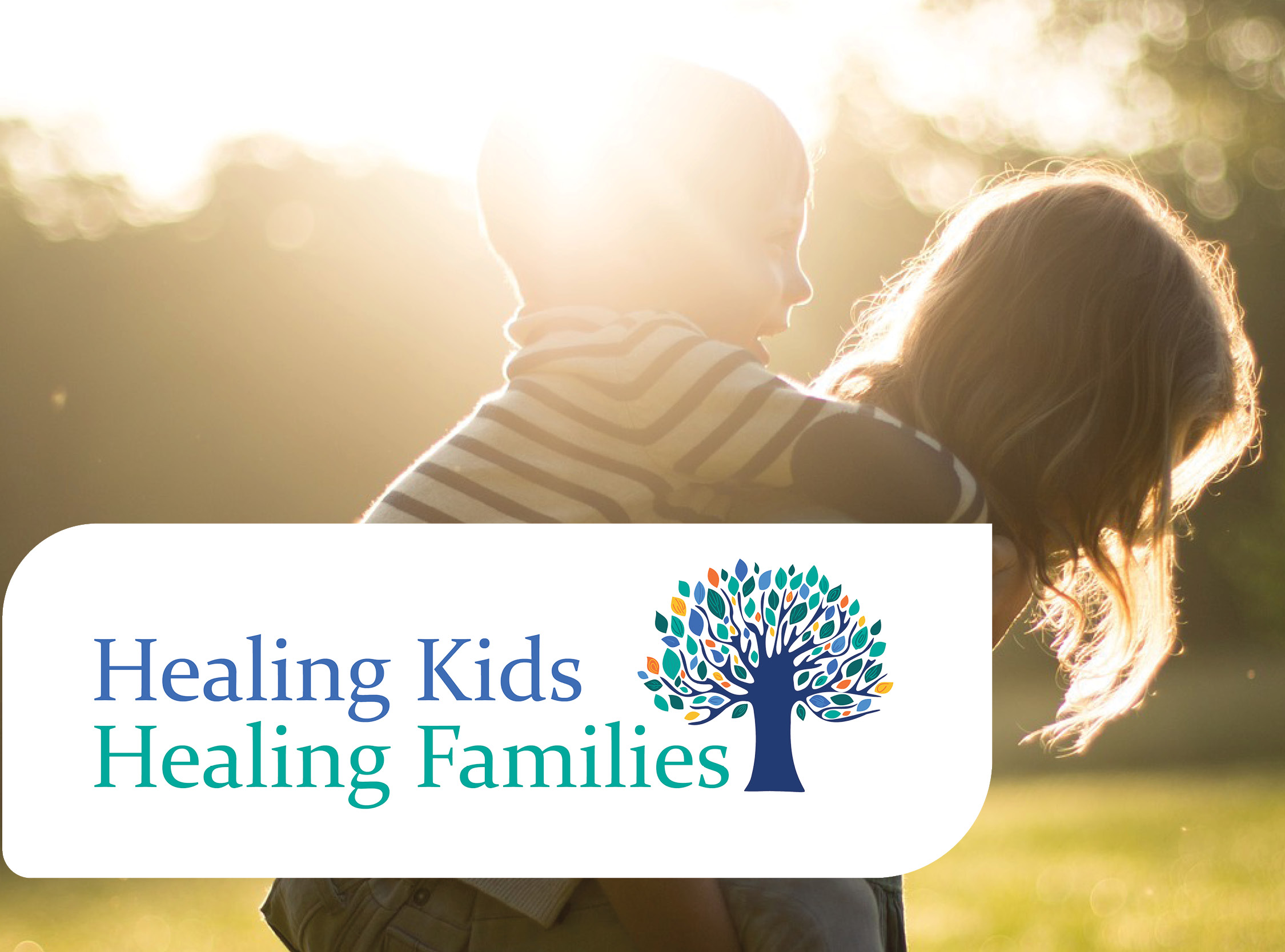Search
Research
Trans Young People’s Experiences of Nonsuicidal Self-InjuryNonsuicidal self-injury (NSSI) is particularly common among trans young people. Trans young people tend to experience high levels of emotional distress due to the unique stressors they face, and often use NSSI as an emotion regulation strategy. These stressors include gender dysphoria, body image concerns, and transphobic experiences.
Research
Retrospective Examination of Peripubertal Return for Patients of Western Australia's Gender Diversity ServiceChildren far in advance of pubertal development may be deferred from further assessment for gender-affirming medical treatment until nearer puberty. It is vital that returning peripubertal patients are seen promptly to ensure time-sensitive assessment and provision of puberty suppression treatment where appropriate.

The Healing Kids, Healing Families team strives to understand how trauma and adverse circumstances can impact a child and their family, and how we can help them to recover from these experiences.
Research
Affirming schools, population-level data, and holistic public health are key to addressing mental ill-health and substance use disparities among gender and sexuality diverse young peopleYael Perry BPsych (Hons) MPsych (Clin) PhD Head, Youth Mental Health 08 6319 1298 yael.perry@thekids.org.au Head, Youth Mental Health @yaelperry she/
Research
Physical activity interventions for the promotion of mental health outcomes in at-risk children and adolescents: a systematic reviewMany young people are exposed to risk factors that increase their risk of mental illness. Physical activity provision is an increasingly popular approach to protect against mental illness in the face of these risk factors. We examined the effectiveness of physical activity interventions for the promotion of mental health outcomes in at-risk children and adolescents.
Research
“It Just Makes You Feel Horrible”: A Thematic Analysis of the Stigma Experiences of Youth with Anxiety and DepressionExperiencing stigma is associated with a range of negative outcomes for people with mental health disorders. However, little is understood about the contemporary stigma experiences of young people with anxiety and depression. This study aimed to describe these experiences using semi-structured qualitative interviews.
Research
Correlates of Help-Seeking Behaviour in Adolescents Who Experience Bullying VictimisationA commonly suggested strategy for addressing bullying is for victims to seek help from a trusted person. Despite this recommendation, there are a group of adolescent victims who choose not to seek help. This study aimed to identify factors associated with not seeking help among adolescents who experienced bullying victimisation.
Research
Clustering of Wellbeing, Engagement and Academic Outcomes in Australian Primary SchoolsThe mental health and wellbeing of young people has important consequences for students and society. Schools are a logical environment for management and early intervention of wellbeing, mental health and engagement with school. Interventions aimed at improving mental health and wellbeing in education systems requires knowledge of how wellbeing is clustered at a school level. Cluster-randomised trials, and regression analyses of such data also require knowledge of clustering.
Research
Responding to Suicide Clusters in the Community: What Do Existing Suicide Cluster Response Frameworks Recommend and How Are They Implemented?Suicide clusters involve an excessive number of suicides, suicide attempts, or both, that occur close in space or time or involve social links between cluster members. Although suicide clusters are rare, evidence documenting the implementation of suicide cluster response activities in communities is required yet remains limited.
Research
An evaluation of junior doctors’ experience in smoking cessation training in a rural mental health settingThe extent of lung hypoplasia impacts the survival and severity of Smoking prevalence remains high amongst people with mental illness, however, they are less likely to be screened for tobacco dependence and offered treatment to quit.
